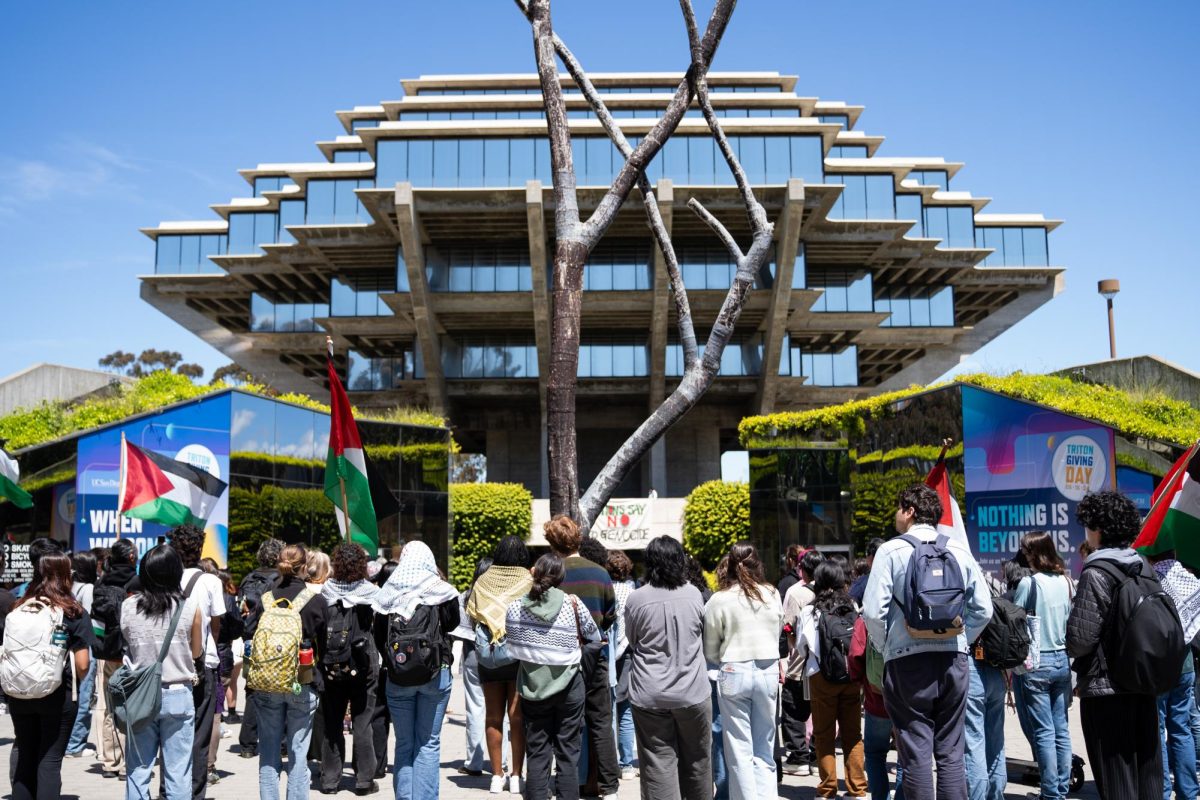As part of a large-scale workforce reduction, 440 full-time
employees at the UC-managed Lawrence Livermore National Laboratory were let go
last week due to budget constraints, including scientists and engineers who had
been working at the lab for 10 to 15 years.
The workforce reduction began last October when the
laboratory, which had previously been run exclusively by the
of
to Lawrence Livermore National Security Group, a limited liability company
comprised of several corporations and the university.
LLNL’s defining goal is national and homeland security,
achieved through the design and development of nuclear weapons, research into
sustainable energy, developing biodefense capabilities, improving disease
prevention and preventing the spread and use of weapons of mass destruction.
Since the switch in management, the workforce has been
reduced by 2,000, from approximately 8,800 to 6,800 employees. According to
LLNL spokeswoman Lynda Seaver, the lab faces a budget shortfall of $280 million
this year.
The funding deficit was caused by several factors, including
the federal budget, a new contract with LLNSG and the rising cost of employee benefits.
“The federal budget approved by Congress was $100 million
less than last year,” Seaver said. “The contract we have now is much more
expensive to operate. There are also medical costs, retirement packages and
inflation. All of these factors created a budget shortfall of $280 million.”
The reduction phase began in January when the lab laid off
550 employees, and then announced in March that 750 more staffers would be
terminated.
Two-hundred fifteen employees selected a voluntary buyout
option offered by the lab that included severance packages. Last week, an
additional 440 employees were let go involuntarily, and layoffs are expected to
continue throughout the year.
“One hundred flexible term and temporary employees will be
let go,” Seaver said. “That will take place on June 26 and that will be the end
of our workforce reduction.”
The policy for determining which employees will be fired
differs for scientists and nonresearch employees. The policy for nonscientists
is based on seniority, so those hired most recently would be the first to be
dismissed in a forced reduction. Termination of scientists is based on
knowledge and abilities.
“We base [the layoffs] on what they have and what we need to
meet our missions and milestones assigned to us by the administration,” Seaver
said. “So those with 10 or 15 years of experience can be laid off, which was
unfortunately what happened last week.”
Changes in administration and operation are expected in the
lab due to the layoffs.
“Cost and efficiencies will tighten up and we’ll make things
run more smoothly and more efficiently,” Seaver said. “Facilities management,
computer support and procurement will be going through changes as a means to
save money.”
The primary goal of the lab — national and homeland security
— however, will remain the same despite the layoffs, since the cuts were made
primarily to administration and operations rather than scientists.
“When we cut scientists we made it with an eye toward making
sure we had the necessary skills and could still fulfill our mission,” Seaver
said.
To help employees cope with being let go, the laboratory
opened a resource center on May 29 available to all dismissed employees.
The center, which will stay open until September, provides
resources to assist with resume writing, job interviewing, networking and
provides lists of job fairs and job openings in the
“The full function is to try and find people a job,” Seaver
said.







